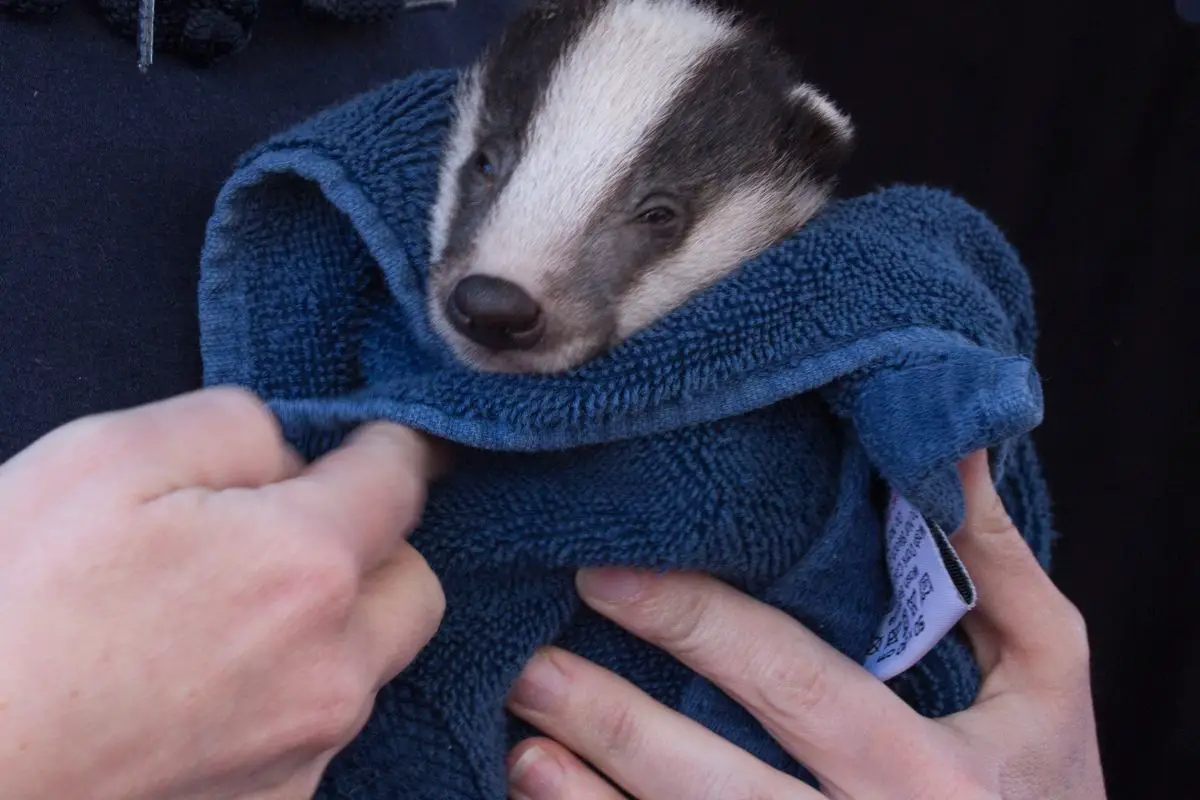
Honey badgers usually have just one baby at a time. Baby honey badgers are referred to as cubs. Female honey badgers are left to give birth and raise their cubs all alone. Cubs depend on their mother for a couple of months, until the mother decides it’s time for them to start finding their food.
Though only one honey badger cub is delivered at a time, it is not uncommon for multiple babies to share a burrow. During this period, they are taken care of by their mothers. Honey badgers typically stay together at younger ages but become more isolated as they grow older.
Let’s look at honey badgers, their
Honey Badger Babies
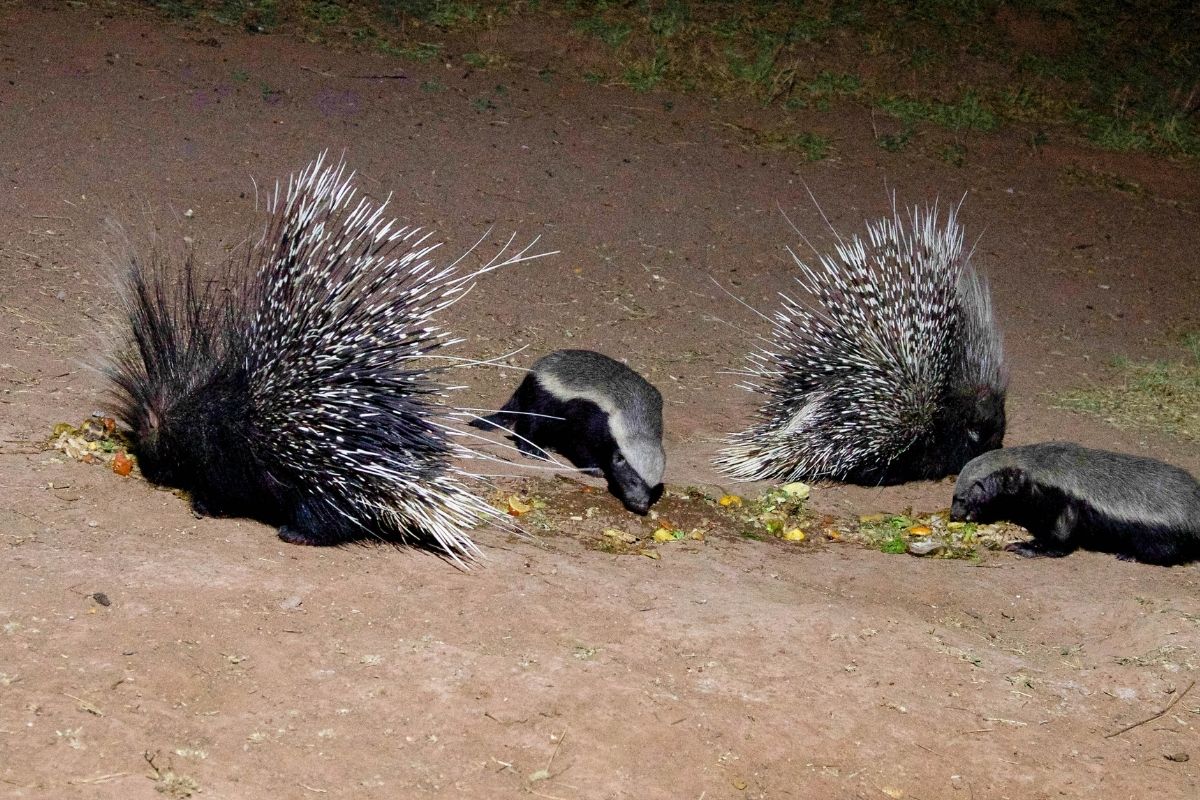
Female badgers are left isolated to give birth and raise their baby cubs. The pregnant mother digs a burrow, or nursery chamber, for her infant, and lines it with grass. One cub, in rare cases two, is born after a 7 to 10-week gestation period.
A honey badger baby has pink skin and closed eyelids and is hairless. Its skin begins to turn from pink to gray at one week of age, and fine gray hair begins to develop two weeks later. After approximately a week, the typical white stripe appears.
The cub begins to closely resemble its parents when they reach around three months old. They attain adult size at 6 months, but they aren’t ready to go off on their own quite yet. When a honey badger is around fourteen months to two years old, they start learning the crucial hunting tactics needed to survive by themselves in the wild.
How Often Do Honey Badgers Have Babies?
Even though badgers can mate whenever they choose, they only have a single litter annually as the implantation is delayed. They deliver their cubs between January and March, in the middle to the latter part of winter. Male honey badgers don’t play a role in a cub’s life.
They leave the females during pregnancy to deal with everything on their own. You can think of the females in this situation as single mothers. Male honey badgers also grow to visibly larger sizes than their female counterparts, including their mothers.
Honey Badger Family Life
Honey badgers tend to be solitary creatures. This simply means they live a very secluded life from other animals and, most importantly, other honey badgers. If you see honey badgers together in the wild, this is usually a mother still taking care of her infant cub.
While honey badgers don’t usually exist together, they do sometimes interact with each other. They may congregate in preferred feeding places, sniffing each other and rolling about to scent mark the ground. They will also hunt together on some occasions.
Honey badgers are very ferocious animals, but they are relatively small in size. This means they use the numbers game to their advantage. They will chase larger animals such as lions and hyenas away from their kill to take it all for themselves.
Honey badgers also tend to be very territorial. They mark their territory with their scent and this lets other animals know to stay away. Other animals are very intimidated because they know the badgers will viciously attack them, and this is also the case with larger animals.
Honey Badger Cub Survival in the Wild
A cub needs to stay with its mother during infancy due to a lack of adequate skills and low survival rates. Up to 47% of cubs die in their period of newfound independence due to starvation and being hunted by predators.
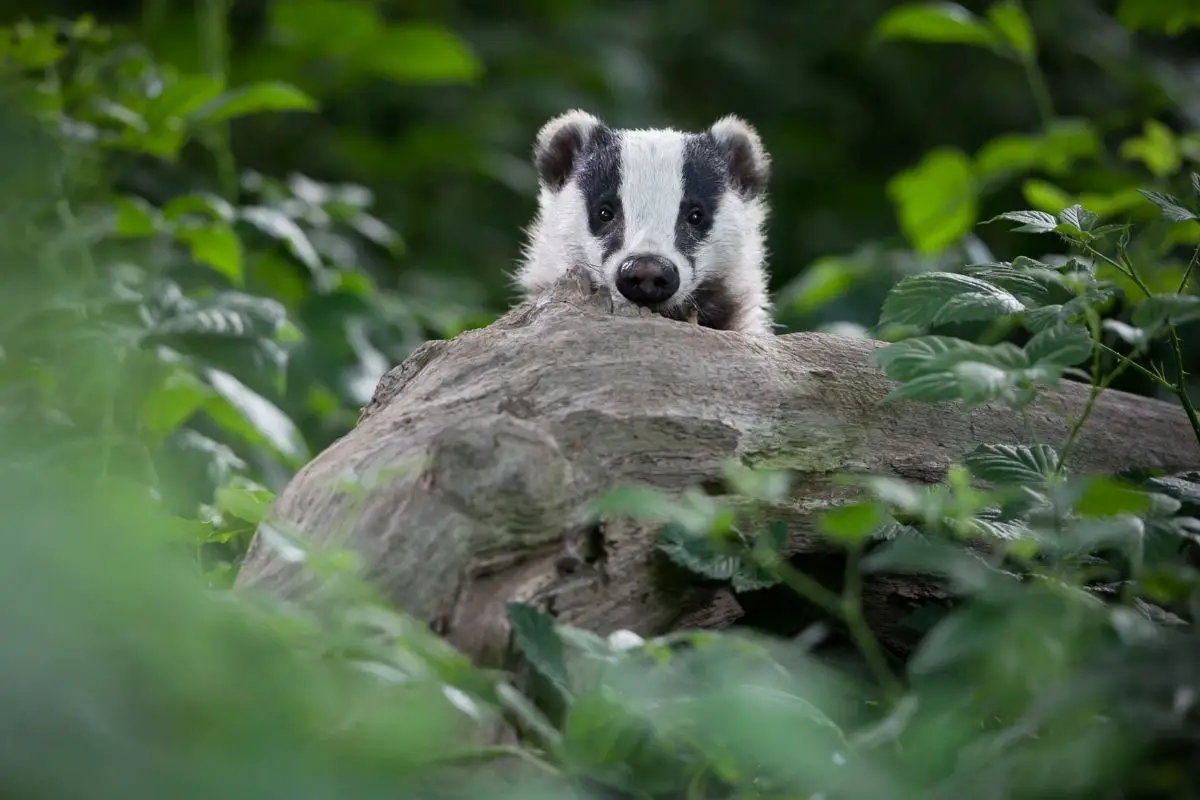
Since cubs are usually smaller in size and not as experienced, predators like to take advantage of them. They’re also not as immune to venom as large adults, so this means it’s easier to kill them at a younger age. Everyone needs food to thrive and this is no different for honey badger cubs.
Their first few months of independence is typically a very tough part of their life. They are left to hunt for food by themselves, and while many are up to the task, others simply aren’t. Many find the adjustment very hard, while others struggle to find meals.
If honey badgers make it past this period of their life, they are well equipped to survive in the wild. They have extremely thick and loose skin. This makes it difficult for predators to penetrate their skin and also makes it a worthless battle a lot of the time.
Due to their tough armor and fearlessness, they don’t have many natural predators in the wild at older ages.
Honey Badger Habitat
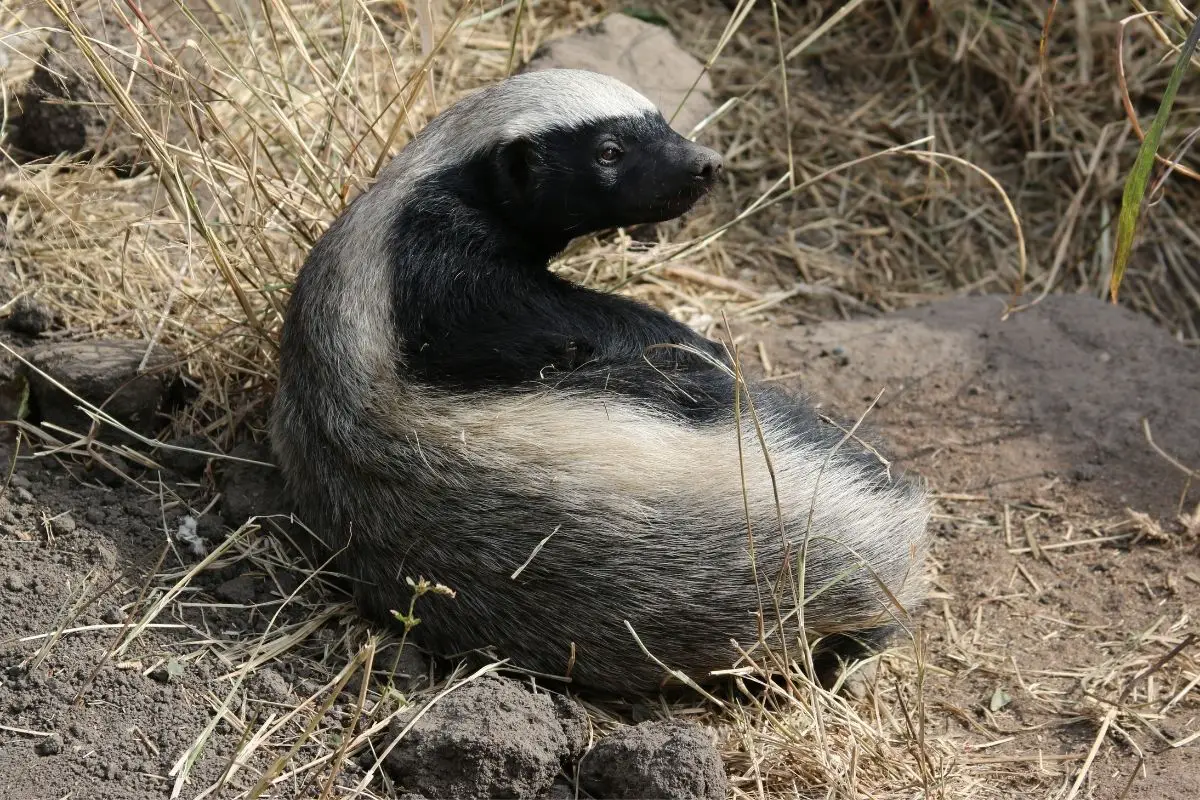
Honey badgers are nocturnal species that are difficult to observe in their natural environment. They spend most of the day sleeping, rolling up into a ball to protect their face and stomach. Though they are flexible, badgers prefer dry, open grasslands.
Woods, quarries, hedgerows, sea cliffs, and moorland are also home to some. The Great Plains region of North America is home to American badgers. They’re also found in the western United States, central western Canadian provinces, and Mexico’s mountainous regions.
Honey badgers are very resourceful animals. They can sleep virtually anywhere and even use old burrows they happen to find. Honey badgers claim a very vast amount of land, so they feel free to sleep wherever they want within these boundaries.
The honey badger is one of the rarest animals in the wild, but they are not currently considered endangered animals. They have all the tools required to survive for a very long time in the wild.
Honey Badger Diet
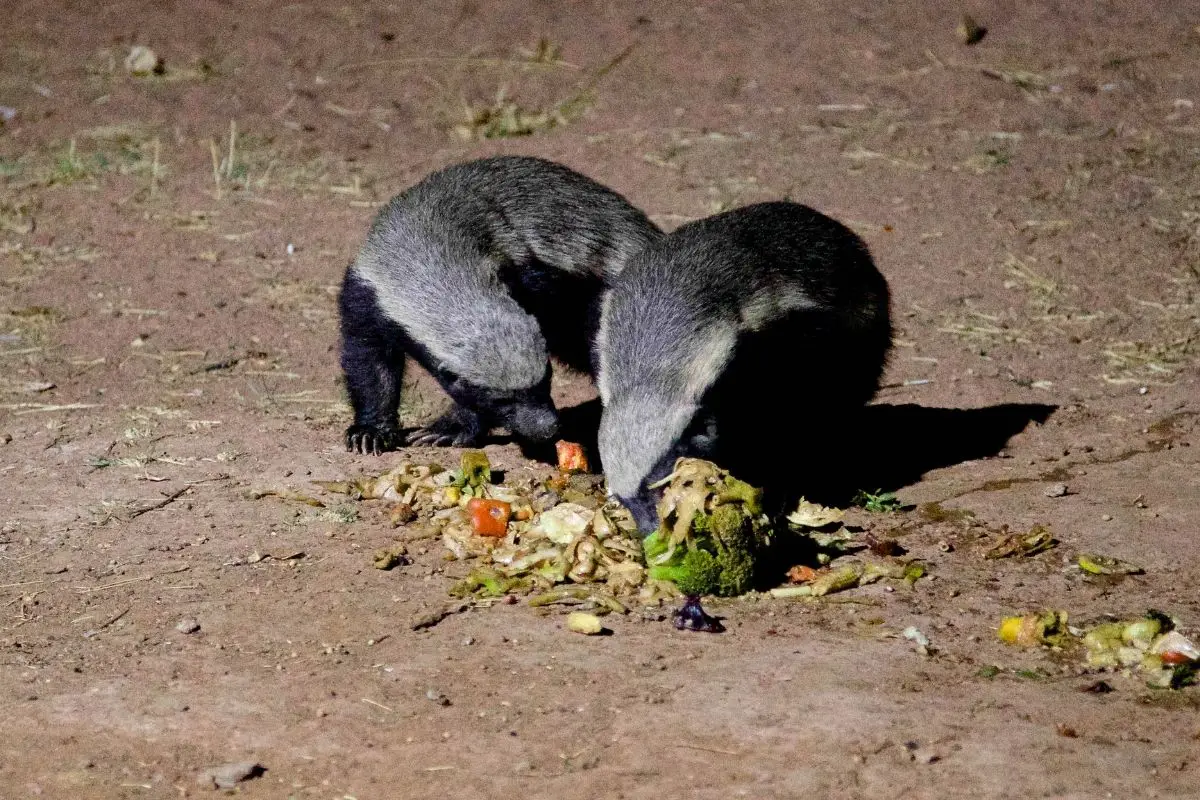
The majority of badgers are omnivores, meaning they consume both vegetation and meat. They typically eat earthworms and daddy long-legged larvae. Slugs, small animals, snails, bird eggs, and fruit are some of the other meals badgers enjoy.
The honey badger is a carnivore that will devour snakes, jackals, foxes, and even crocodiles. It also consumes insects and larvae, which are smaller creatures. It will also go after beehives in search of honey, hence its common and scientific name — Mellivora, which means “honey eater.”
Bee larvae are possibly the most dangerous meal honey badgers can try to eat. Many have been found stung to death due to bee stings, but the honey badger is a very determined animal and they will keep coming back.
Honey Badger Predators
Honey badgers are not invincible. Despite their thick skin, long claws, sharp teeth, and mean personality, they still have predators in the wild. Lions, hyenas, and leopards are their main predators.
These predators are much larger. You may notice a trend in the predators of honey badgers. They are all larger and just as aggressive.
As mentioned earlier, honey badgers will try to chase lions away from their kills and this sometimes results in sudden death for the badger. While their mean personality can fend off potential predators a lot of the time, it doesn’t always work. The reason honey badgers are usually able to survive for a long time in the wild is that they’re left alone as they are considered tough kills.
They can easily move around in a predator’s mouth and deal a lot of damage. Predators aren’t willing to take this risk or damage, so they will leave them alone.
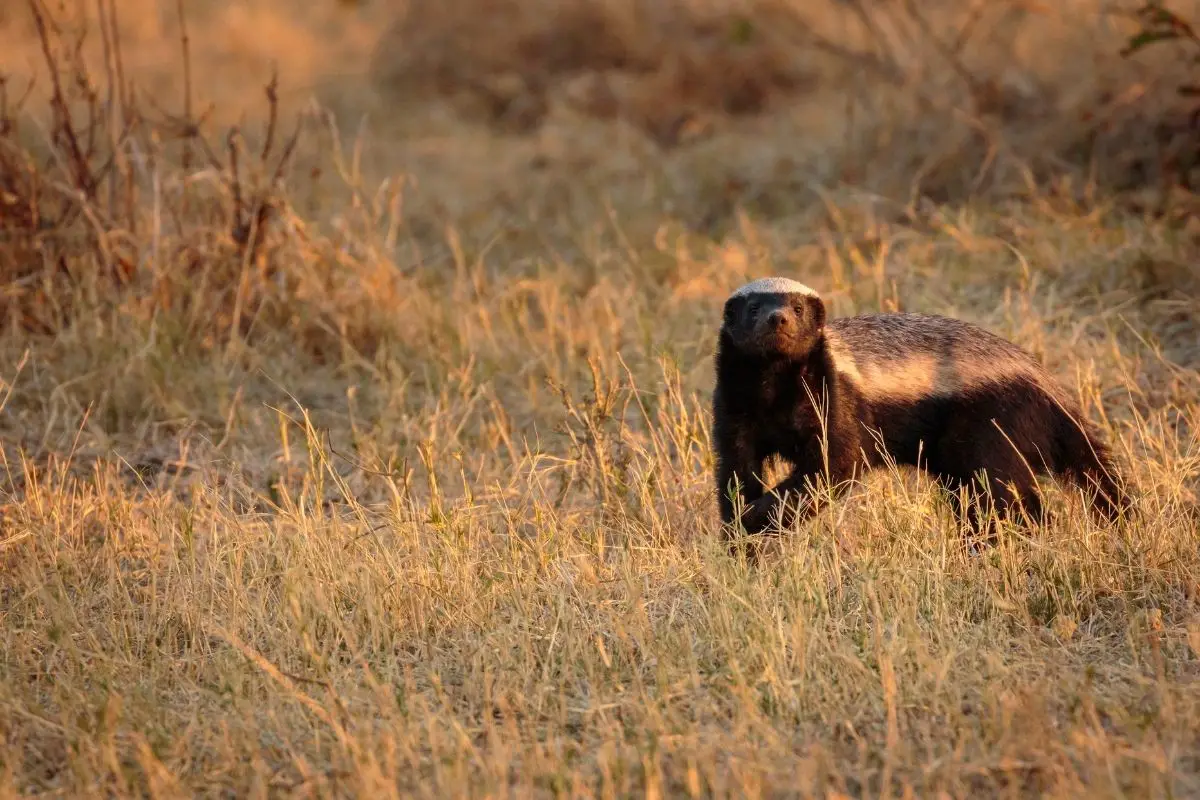
Perhaps the honey badgers’ most feared predator is humans. Humans usually execute honey badgers to protect their crops/property or beehives. Honey badgers are very aggressive and territorial and they don’t typically get along with humans.
Animal control is also a major reason honey badgers are killed by humans in the wild. The honey badger has a special weapon to defend itself. At the base of its tail and tail, two anal glands produce a foul-smelling material that may be detected from 130 feet away.
Attempting to kill a honey badger would be dangerous even for large predators.



